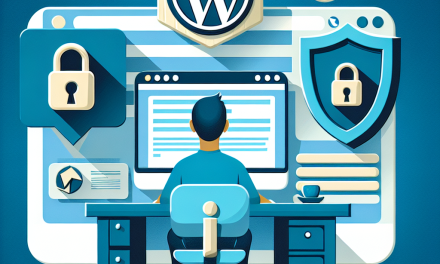In today’s digital landscape, APIs (Application Programming Interfaces) serve as the backbone for many data-driven applications. Whether you’re integrating third-party services or enabling communication between different parts of your application, APIs can significantly enhance functionality. However, with this added convenience comes the responsibility of securing your API to protect sensitive data from cyber threats. Here, we’ll discuss best practices for securing your API in data-driven applications.
1. Use HTTPS Protocol
The first step in API security is to ensure all communications are encrypted using HTTPS. This protocol encrypts data in transit, protecting it from eavesdropping and man-in-the-middle attacks.
Resources:
2. Authenticate Users
Authentication is vital for confirming the identity of users accessing the API. Implement OAuth 2.0 or API keys to verify user identity. This ensures that only authorized users can access sensitive data or perform actions on your application.
Resources:
3. Implement Rate Limiting
Prevent abuse of your API by implementing rate limiting. This technique restricts the number of requests a user can make in a specific time frame, thereby throttling abusive behavior and mitigating denial-of-service attacks.
Resources:
4. Validate Input Data
Always validate and sanitize input data to protect against SQL injection and Cross-Site Scripting (XSS) attacks. By ensuring that only expected data types and formats are sent to your API, you lower the risk of vulnerabilities.
Resources:
5. Employ Proper Error Handling
Error messages can reveal sensitive information about your API’s inner workings. Avoid returning detailed error messages. Instead, use generic messages that don’t disclose information about your application’s structure.
6. Use API Gateways
Employing an API gateway can enhance the security of your APIs by providing a single point of entry. API gateways can handle authentication, logging, and even rate limiting, simplifying management while adding layers of security.
Resources:
7. Keep Documentation and Libraries Updated
Outdated libraries can contain security vulnerabilities. Regularly check for updates to the libraries and frameworks your API relies on. Additionally, maintain up-to-date documentation so developers can understand and implement security best practices easily.
Resources:
Conclusion
By implementing these best practices, you can significantly enhance the security of your API, protecting your application and user data from malicious attacks. As your application scales, continue to assess and fortify your API security measures.
Call to Action
Are you looking for a secure and reliable hosting solution for your WordPress site? Explore WafaTech NextGen WordPress hosting to empower your data-driven applications with cutting-edge security and performance. For more details, check out our hosting plans here.
Stay secure, stay informed, and let technology propel your success with WafaTech!





